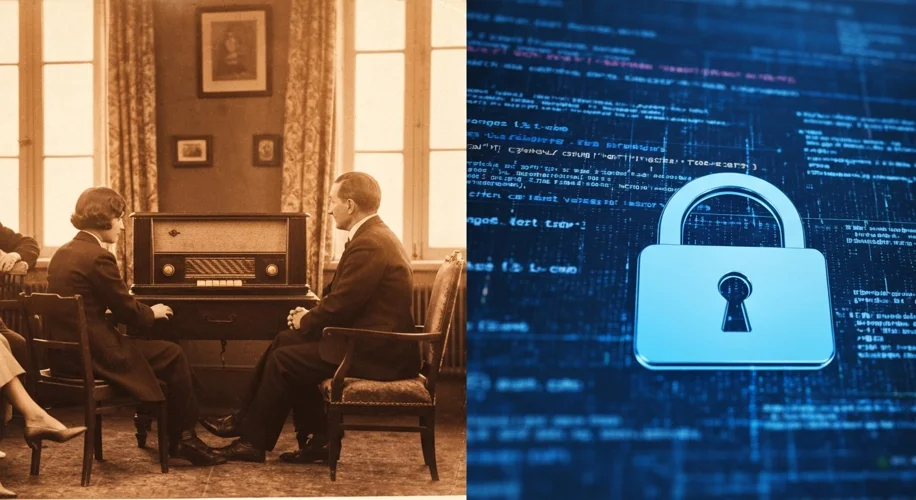Hello everyone, Eleanor here. It’s August 4th, 2025, and I’ve been thinking a lot about the internet lately. As a retired archivist, my career was all about preserving information and understanding how we’ve managed data throughout history. It’s why I’m particularly interested in a major shift that seems to be on the horizon: widespread age verification online.
This isn’t entirely new territory, of course. We’ve seen attempts at controlling access to information for various reasons throughout history. Think about the early days of radio, or even earlier, the printing press. Governments and institutions have always grappled with how to manage what people see and do, especially concerning younger audiences. My work often involved looking at documents from the early days of telecommunications, where conversations about access and regulation were just as fervent, though the technology was vastly different.
What’s different now is the scale. The internet, as we know it, has largely operated on a principle of open access. But as services become more sophisticated, and as concerns about child safety and the spread of misinformation grow, the pressure to implement robust age verification systems is mounting. This could mean requiring users to prove their age for access to certain websites or online services, much like we’ve had to do for age-restricted physical goods for decades.
From an archivist’s perspective, this raises fascinating questions about digital identity and privacy. How will these systems be implemented? What kind of data will be collected to verify age? And importantly, how will this information be preserved and protected over the long term? In my years of working with fragile historical documents, I learned firsthand the importance of careful stewardship of information. Digital records, while seemingly permanent, can be just as vulnerable to loss or misuse if not managed with foresight.
Consider the early attempts at controlling broadcast content or the regulations around public libraries. These were all efforts to balance access with protection. The internet presents a far more complex challenge due to its global reach and decentralized nature. The ingenuity required to create a system that is both effective and respects individual privacy is immense.
This move towards age verification feels like a natural, albeit complex, evolution in how we govern our digital spaces. It’s a reflection of our ongoing societal discussion about responsibility, access, and safety online. It will be interesting to see how this chapter unfolds, and I’ll be watching closely, as always, with an eye on the historical context and the long-term implications for how we preserve and access information in the digital age.

